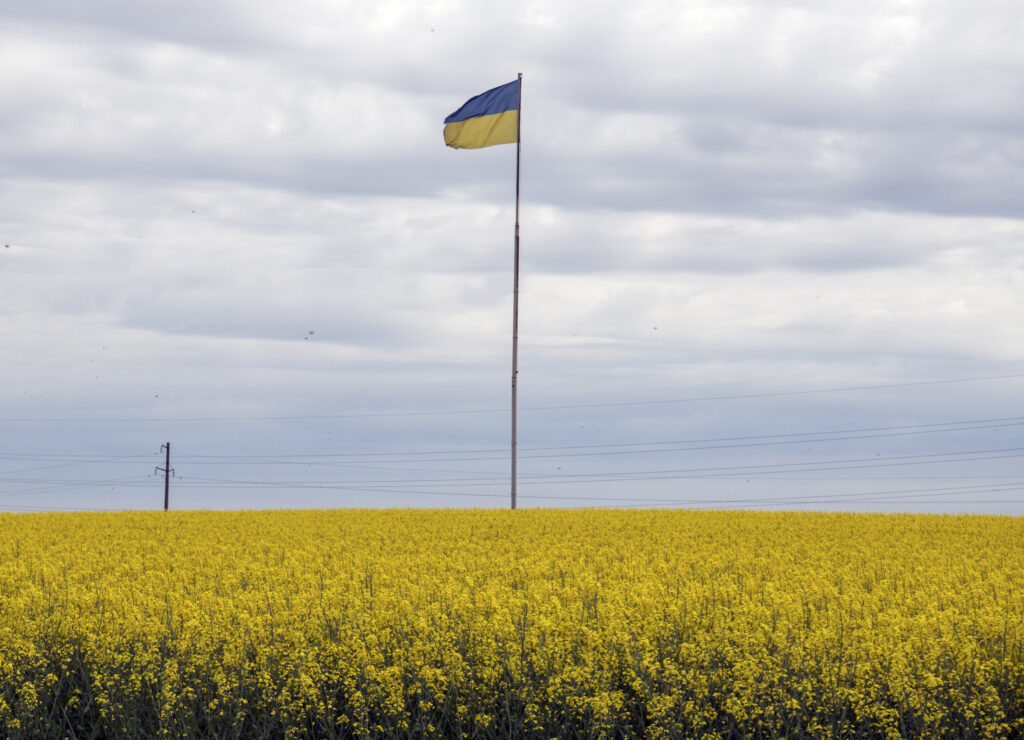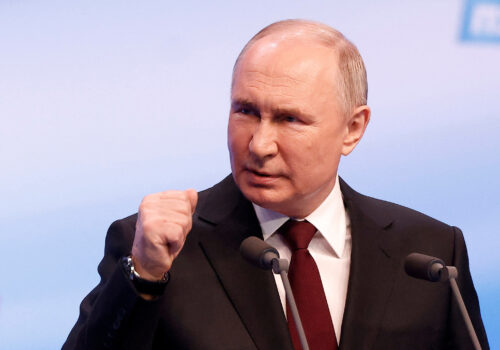In a week when Russia launched some of its most extensive drone and missile attacks against Ukraine’s civilian electricity infrastructure since the start of war, Ukrainian MPs passed a law that could help define the country’s future as one of the biggest suppliers of green energy to Europe. In an historic vote, the Ukrainian parliament lifted restrictions on the export of biomethane, paving the way for a major expansion of Ukraine’s green gas production.
Boasting the largest agricultural landmass in Europe, Ukraine’s biomethane potential is unrivaled across the continent. The country is not only able to produce volumes that could singlehandedly cover the equivalent of a medium-sized European nation’s annual natural gas consumption; it can also do so at prices that are comparatively cheaper than other EU states.
Although Ukraine adopted legislation regulating the production of biomethane last year, it could not realize its full potential because of restrictions introduced at the start of Russia’s full-scale invasion in February 2022. Immediately after the start of war, Ukrainian policymakers imposed a blanket ban on the export of natural gas, fearing the country would be left without supplies to keep the lights on or provide heating to consumers.
While this ban was designed with natural gas in mind, wartime restrictions also extended to biomethane because it is approximately equal to natural gas in quality. As a result, many companies which had invested in producing biomethane using biomass crops had to suspend production or postpone investments as they could not access lucrative European markets.
Stay updated
As the world watches the Russian invasion of Ukraine unfold, UkraineAlert delivers the best Atlantic Council expert insight and analysis on Ukraine twice a week directly to your inbox.
With restrictions now lifted, biomethane companies are aiming to export the first volumes to Germany by May. Ukraine is expected to develop its own EU-aligned guarantees of origin which will demonstrate compliance with European Union sustainability criteria. These guarantees will then be linked to the EU’s Union Database for Biofuels (UDB), becoming part of the EU’s single market. Although this process may take two years to complete, Ukrainian companies looking to start exports immediately will be able to do so by providing customs-agreed certificates of compliance or proofs of sustainability.
Ukraine’s enthusiastic embrace of biomethane will help the country move further away from its past reliance on Russian gas and coal imports. Crucially, this shift toward green energy will also support Ukraine’s efforts to monetize its agricultural resources in a way that benefits both local producers and European consumers.
Five biomethane refining plants are currently gearing up to produce and export 77 million cubic meters of biomethane this year. Another ten plants are expected to enter commercial operation in 2025, nearly doubling production. As there is keen interest from large international customers to secure more biomethane from Ukraine, there are expectations that output may be scaled up even further to cover 20% of the EU’s biomethane demand of 35 billion cubic meters by 2030. Within 20 years, Ukraine’s annual output could potentially rise to around 22 billion cubic meters, one of the highest expected levels in Europe.
Eurasia Center events

To a significant degree, the Ukrainian biomethane industry’s success depends on its ability to export fuel to Europe. Under current regulations, Ukraine doesn’t subsidize internal production, which means it is only viable if exported to countries which have financial support schemes in place. Beyond that, there are also a number of challenges related to potential opposition from European farmers who may fear Ukrainian competition.
Following the introduction of wartime regulations easing Ukrainian access to EU markets, farmers in a number of EU countries have been pushing for greater import controls on Ukrainian agricultural products. This is forcing European politicians to address domestic agricultural sector opposition while also continuing to support Ukraine in the fight against Russia. Since biomethane production is an emerging industry, Ukrainian and EU policymakers have a window of opportunity to find mutually attractive solutions capable of easing Ukraine into the European single market while preparing farmers to face fair competition.
The most important and immediate challenge that Ukraine faces is the Russian threat to its energy infrastructure. A series of Russian missile and drone strikes in late March represented the largest concentrated attack on Ukrainian energy infrastructure since the start of the full-scale invasion in February 2022. This has added to the comprehensive damage already sustained by Ukraine’s energy infrastructure over the past two years. Ukraine’s new biomethane plants will be dotted across the country, but they will not be completely shielded from similar strikes.
To protect the country’s infrastructure and help Europe secure clean sources of energy, Ukraine urgently needs additional air defense systems in large quantities. Failure to act will endanger more Ukrainian lives and could also undermine Europe’s chances of securing competitively-priced green energy.
Dr. Aura Sabadus is a senior energy journalist who writes about Eastern Europe, Turkey, and Ukraine for Independent Commodity Intelligence Services (ICIS), a London-based global energy and petrochemicals news and market data provider. Her views are her own.
Further reading
The views expressed in UkraineAlert are solely those of the authors and do not necessarily reflect the views of the Atlantic Council, its staff, or its supporters.

The Eurasia Center’s mission is to enhance transatlantic cooperation in promoting stability, democratic values and prosperity in Eurasia, from Eastern Europe and Turkey in the West to the Caucasus, Russia and Central Asia in the East.
Follow us on social media
and support our work
Image: An aerial drone view shows a large flag of Ukraine over a field of flowering rapeseed, Kyiv region, Ukraine. May 17, 2023 (Photo by Maxym Marusenko/NurPhoto)




